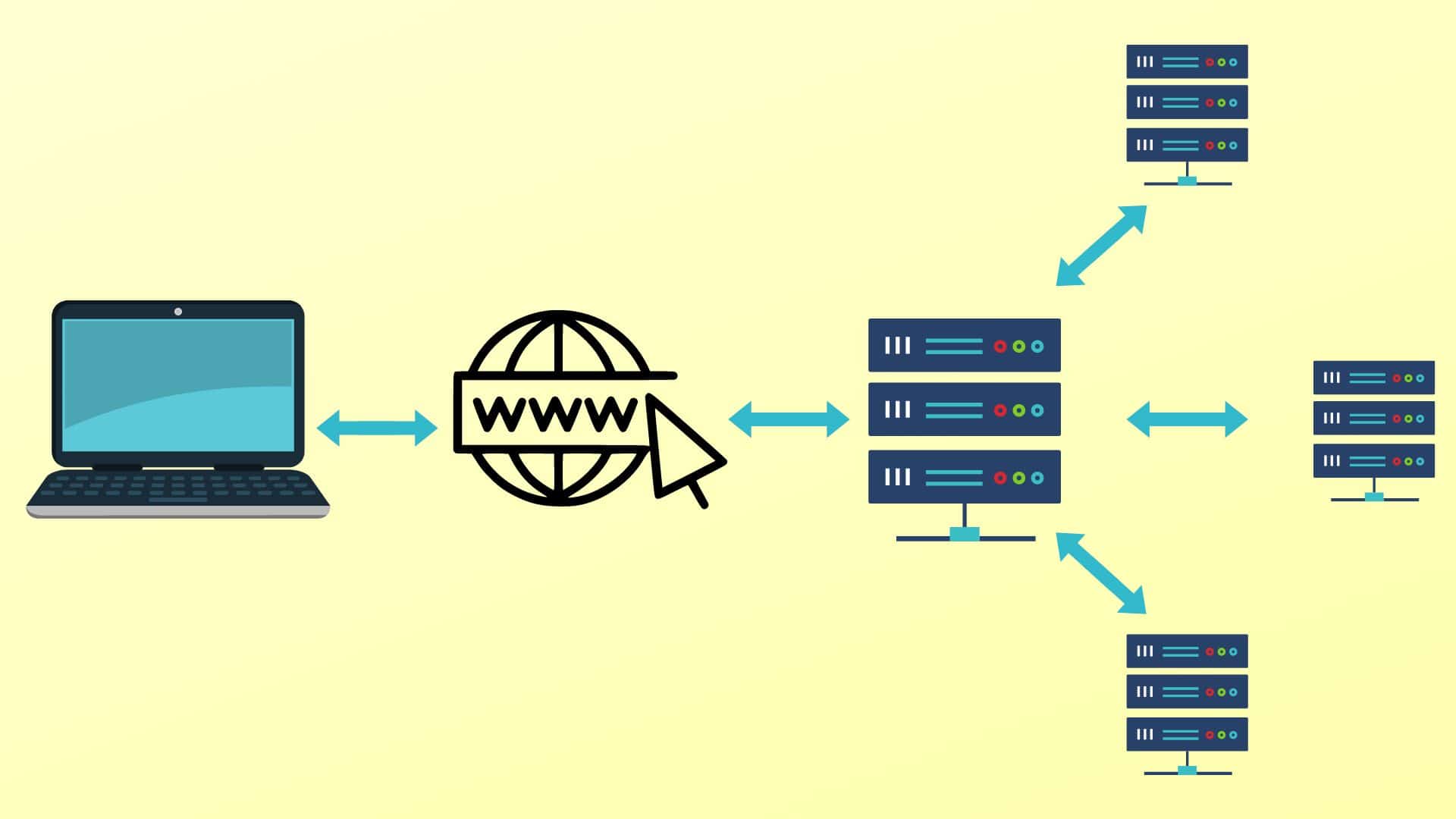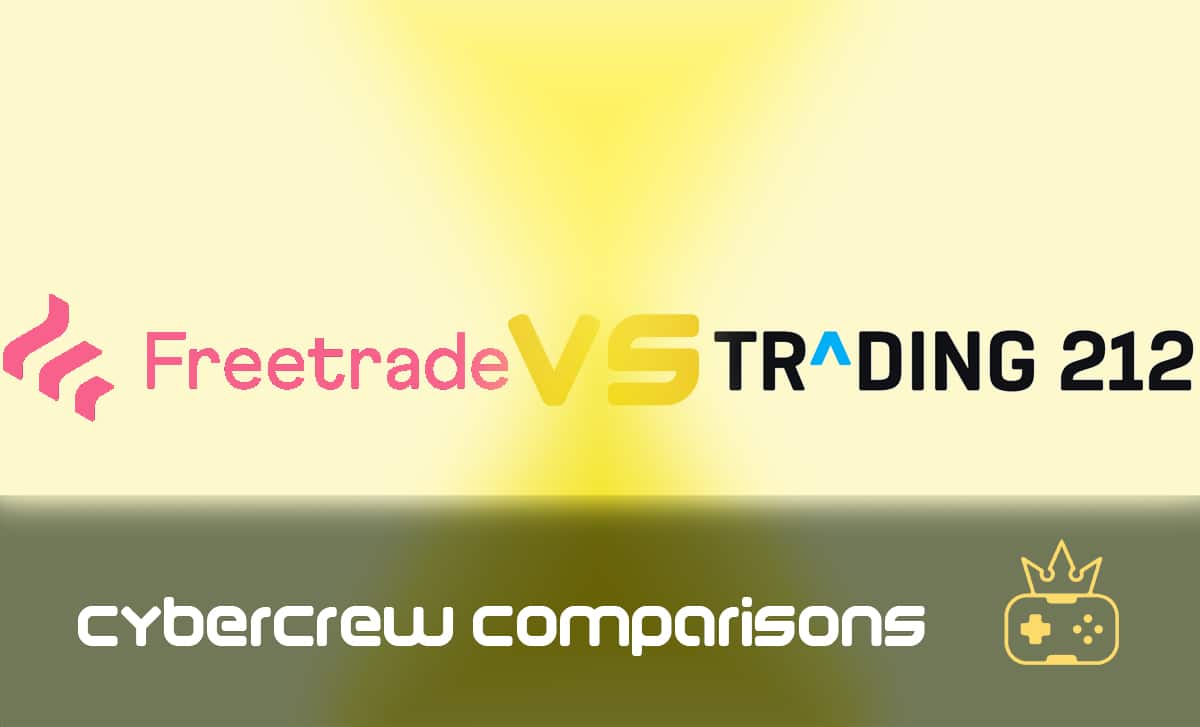What Is a Reverse Proxy?
Last Updated: March 30, 2023
Adding an extra level of online security is never a bad idea, especially in light of the many recent cybercrimes that have befallen tech giants, such as Google and Axie Infinity.
A reverse proxy plays a role in shielding systems against web vulnerabilities, providing protection between external clients and your internal services.
Continue reading this article to find out what is a reverse proxy and how you can benefit from using one.
What Is a Proxy Server?
A proxy server, also referred to as “forward proxy”, is an application or system that acts as an intermediary between you and the internet.
When you visit a website, your computer sends a request to the server and the proxy server forwards that request to the website. The website then responds, and the proxy server passes on that response to your computer.
The proxy server acts as a middleman between you and the website you’re trying to access.
Put differently, a forward proxy acts as a firewall that hides your IP address from the websites you visit, resulting in a level of anonymity and security.
What Is a Reverse Proxy?
A reverse proxy is a proxy server that sits between your internal network and an external network, which is different from a forward one, where the proxy sits in front of the clients.
A reverse proxy intercepts all client requests and forwards them to the appropriate server.
When clients submit queries to the origin server of a website, they are intercepted by the reverse proxy server at the network edge. The reverse proxy server will then forward requests to and receive responses from the origin server.
The main purpose of using a reverse proxy is to improve security and performance and ensure the smooth flow of network traffic between clients and servers.
A reverse proxy can act as a web filter protecting your internal network from external threats. It can also cache static content, which enhances the performance of your website.
Large websites and companies use reverse proxies to distribute the load of requests across multiple servers, which improves scalability and speeds up response times.
Common Uses
Load Balancing
Websites with millions or even hundreds of thousands of users a day cannot handle all of the incoming traffic with a single origin server. Rather, they are most likely to distribute the site among different servers.
If this is the case, a reverse proxy will be used to balance the load among these servers and direct traffic to the least busy server, preventing any single server from becoming overloaded.
In the off chance that a server completely fails, other servers can be utilised to handle the traffic.
Caching
A reverse proxy can cache static content, such as images and HTML files, which can improve a website’s performance. By caching static content, the reverse proxy server reduces the load on the origin server and speeds up the delivery of content to the client.
SSL Encryption
A reverse proxy can encrypt and decrypt traffic passing through it using SSL/TLS, which is important for ensuring the security of data.
This is especially useful for websites that handle sensitive information, such as online stores or banks. By encrypting traffic, a reverse proxy can prevent third-party attackers from intercepting and stealing data.
Security
A reverse proxy can act as a web application firewall protecting your internal network from external threats. It filters traffic based on a set of rules, which can block malicious requests or requests from known addresses that are known to be used by hackers.
Reverse proxies are commonly used with other security measures, such as firewalls and intrusion detection/prevention systems.
Global Server Load Balancing (GSLB)
GSLB is a type of load balancing that distributes traffic among servers in different locations, such as different data centres or regions.
GSLB can improve the availability and performance of websites and applications by directing users to the server that is closest to them or has the least amount of traffic.
Some reverse proxies offer GSLB as a feature.
Risks of Using a Reverse Proxy
While a reverse proxy can offer many benefits, there are also some risks to consider:
- A reverse proxy can become a single point of failure for your network. If the reverse proxy goes down, all traffic will be blocked.
- A reverse proxy can be a performance bottleneck. If the reverse proxy is not configured correctly, it can slow down traffic or even block legitimate requests.
- A reverse proxy can be bypassed. If a hacker is able to bypass the reverse proxy, they will be able to access the origin server directly.
- A reverse proxy can hide the identity of the origin server. This can be used for legitimate purposes, such as hiding the identity of a website for security reasons. However, it can also be utilised for malicious purposes, such as hiding the identity of a phishing website.
How to Use a Reverse Proxy
If you’re interested in using a reverse proxy, keep a few things in mind.
First, you’ll need to choose the right software. There are many different reverse proxies available, so it’s essential to choose one that meets your needs.
Next, you’ll need to configure the reverse proxy. Configuration can be complex, so it’s important to ensure you have the necessary skills and knowledge to finish the task or hire a professional.
Finally, you’ll need to deploy the reverse proxy. This can be done using hardware, software, or a combination of both.
Reverse proxies can offer many benefits, but it’s important to consider the risks before using one. If you’re not sure if a reverse proxy is suitable for you, speak with a qualified security professional.
Wrap Up
A reverse proxy is a proxy server that directs traffic to the origin server. Reverse proxies can improve a website or application’s performance, security, and scalability.
However, they can also be a single point of failure and sometimes bypassed by hackers. Therefore, it’s important to keep these risks in mind when configuring a reverse proxy.
FAQ
A reverse proxy is a type of proxy server that usually sits behind a firewall and directs traffic to the origin server, improving the performance and security of a website, amongst other things.
A reverse proxy can offer many benefits, including improved performance, security, resilience, and scalability. It can also act as a web application firewall and be used for global server load balancing.
The most significant difference between a forward and reverse proxy is that a forward proxy is used by the client (web browser), whereas a reverse proxy is used by the server (web server).
Reverse proxies are a good way to protect your system against web vulnerabilities (broken authentication, sensitive data exposure, etc.). However, there is a risk of getting hacked if using a proxy.




![How to Sell on Depop in the UK [2024 Guide]](https://cybercrew.uk/wp-content/uploads/2023/06/Selling-on-Depop-UK.png)


![Free Appointment Scheduling Software — UK Top Picks [2024]](https://cybercrew.uk/wp-content/uploads/2022/07/Free-Appointment-Scheduling-Software.png)



